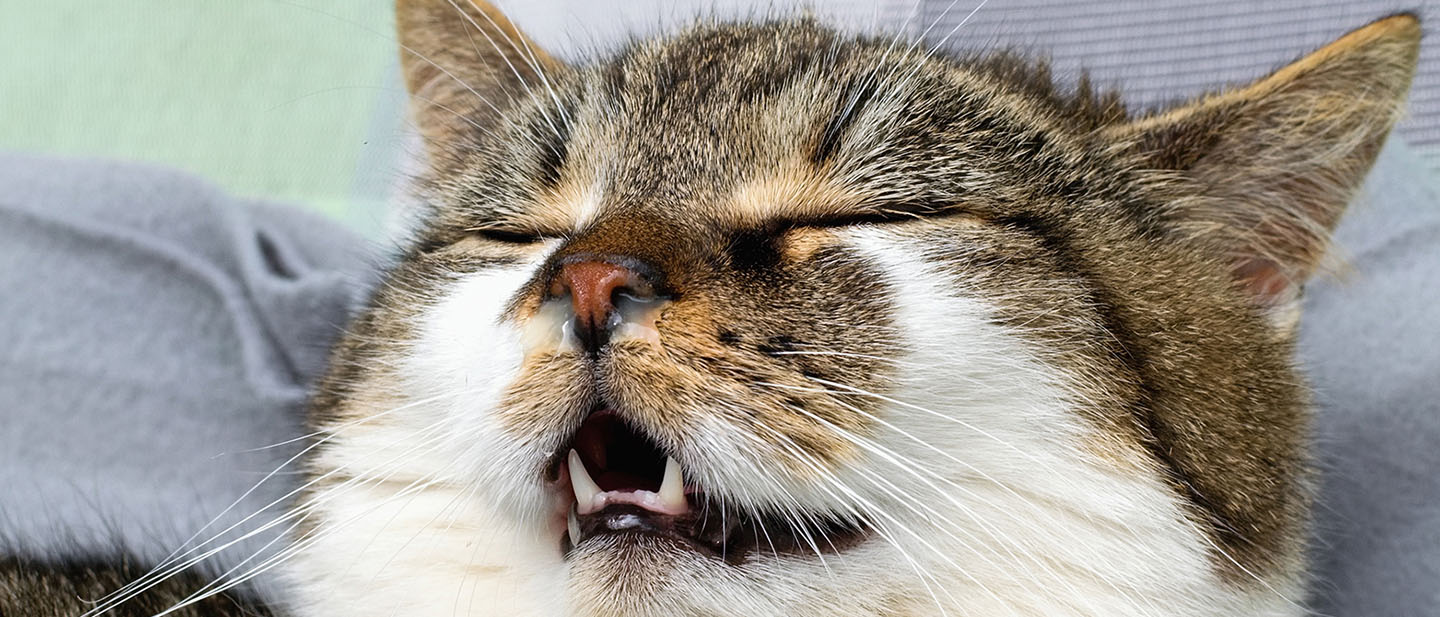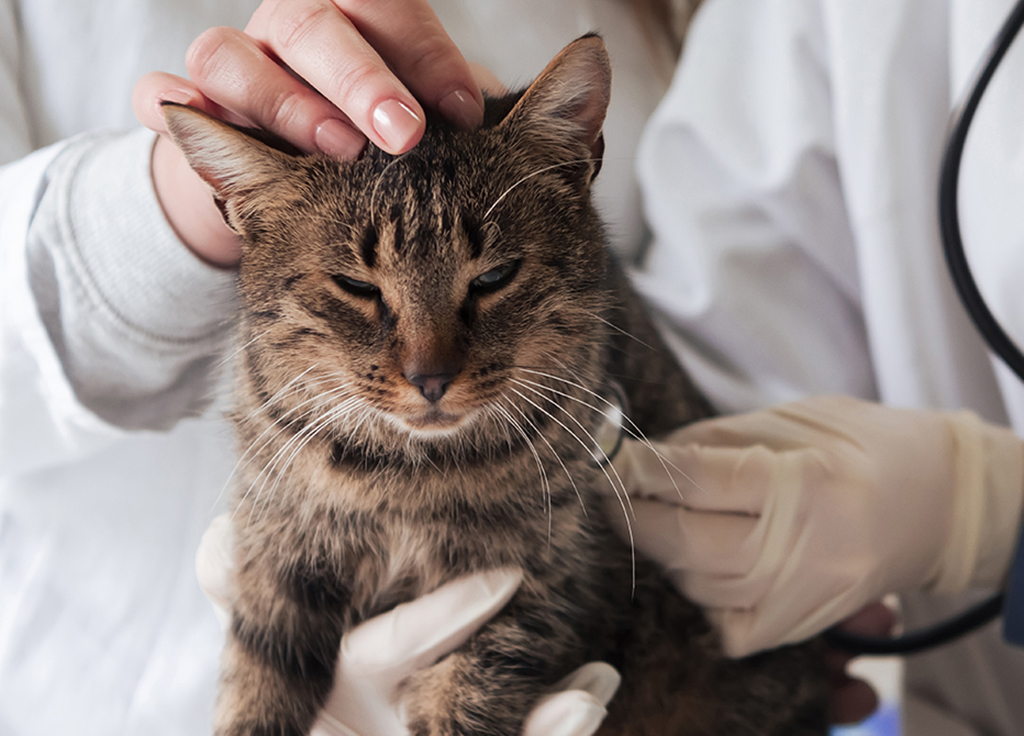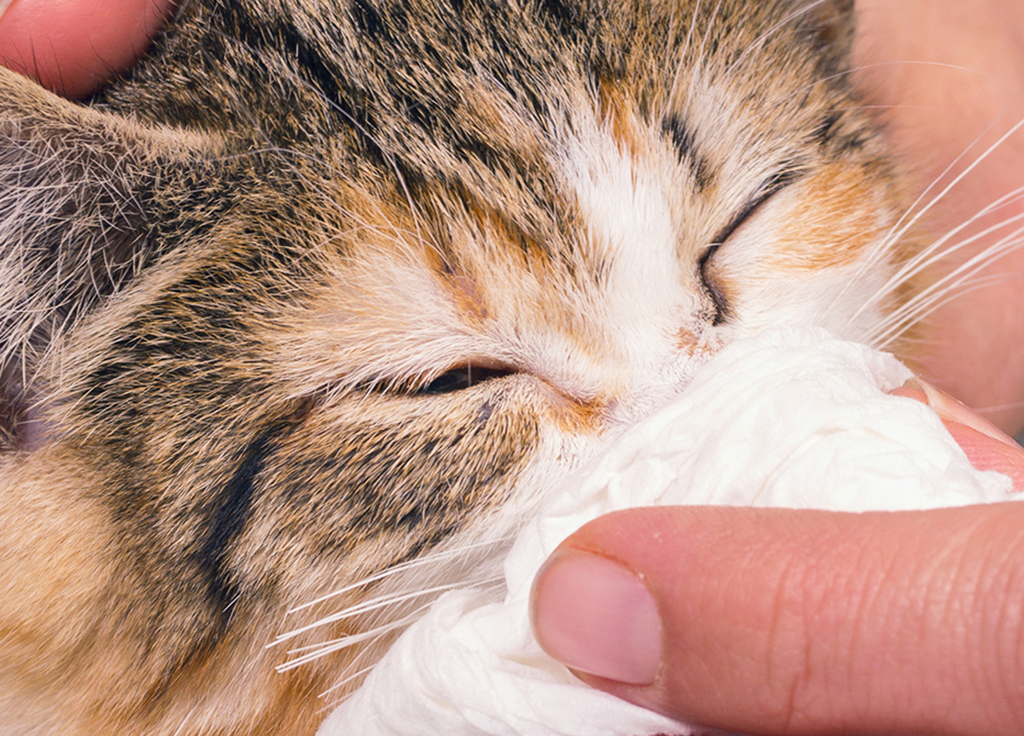
Cat Cold: Symptoms & Treatment
While humans are prone to getting colds from things as mild as seasonal changes, you may find yourself wondering, can cats get a cold? And the answer to this is yes, absolutely! Cat colds, also known as upper respiratory infections (URI), share many of the same symptoms as human colds. If your feline friend is sneezing or has a runny nose, there's a good chance that they have a cat cold. Cat colds are typically caused by bacteria or viruses and are highly contagious among cats. Outdoor cats and those that spend time in boarding facilities are more prone to catching a cold due to their increased interaction with other cats. While cat colds cannot be transmitted to humans, it's essential to know how to treat a cat with cold to ensure their speedy recovery. In this guide, we'll explore cat cold symptoms and how to treat a cat cold at home.

What are the symptoms of cat cold?
If your cat is suffering from a cat cold or upper respiratory infection (URI), you may notice the following symptoms in order of severity:
- Sneezing
- Sniffles
- Watery eyes
- Runny nose
- Mild fever
- Reduced appetite
- Coughing
- Discharge from the eyes or nose
- Lethargy
- Fever
- Sores in the mouth
- Corneal ulcers
For many cats, these symptoms will go away on their own in about seven to ten days. However, some cats may experience complications, such as:
- Yellow-green discharge from the eyes or nose
- Severe congestion affecting smell or taste
- Reduced appetite
- Pneumonia
- Coughing
- Difficulty breathing
Recognizing these symptoms of cat cold early can help you know how to treat a cat with a cold more effectively. In some severe cases, your cat may require hospitalization.
What to do if your cat has a cold?
If your cat has a cold, here are some steps to help it feel more comfortable:
- Wipe its runny nose with a clean cloth.
- Clean runny eyes with a cloth and saline solution.
- Run a humidifier to add moisture to the air.
If your cat is stuffed up, making breathing difficult:
- Secure the cat in its pet carrier.
- Place a bowl of hot water in front of the carrier.
- Cover both with a blanket for about 15 minutes.
Once the cat flu treatment is underway, here are some additional steps to ensure that your cat recovers from its cold quickly:
- Make sure that your cat continues to eat and drink.
- Warm up its food to make it more appealing and easier to swallow.
- Keep your cat warm by placing an extra blanket in its bed or favorite area.
Important note: Never give human cold medication to your cat. Always consult your vet for appropriate cat cold treatment or cat flu remedy. Knowing how to treat a cat with a cold at home can make a significant difference in their recovery.

How to know if your cat needs to see a veterinarian for cold?
In most cases, cat colds are harmless and will resolve within one to two weeks. However, it's crucial to monitor their health closely. If there is no sign of improvement by the fourth day, it's time to seek veterinary care, as a persisting cold may develop into pneumonia. This is particularly important for senior cats, kittens, and cats with other conditions that make them more susceptible to the effects of a cold. Nursing cats or those that haven't been vaccinated should also see a vet immediately. Additionally, if your cat starts coughing, has difficulty breathing, or stops eating or drinking, you must take it to a vet as soon as possible. Knowing when to seek professional help is essential in ensuring that your fur baby receives the right treatment for cat cold.
How vets diagnose cat colds?
If your cat is showing cat cold symptoms, your veterinarian will perform a thorough examination to identify the cause. Providing a detailed medical history, including the onset and nature of your cat’s symptoms, is crucial. Based on the initial findings, your vet may recommend routine diagnostic tests to check for possible complications, such as pneumonia. These tests may include blood work and chest X-rays.
For cats with recurrent or severe upper respiratory signs, an upper respiratory PCR panel might be recommended. This test involves collecting secretions from the eyes and nose with swabs and sending them to a lab for analysis to identify the pathogens causing the respiratory disease. For cats with mild symptoms, a PCR test is usually not necessary.
Now that you know the signs of cat cold and how to treat it, identifying and nipping it in the bud can be easy. However, do not hesitate to reach out to a veterinarian whenever you are unsure. After all, a medical professional can help you ensure that your fur baby is healthy and happy at all times.
